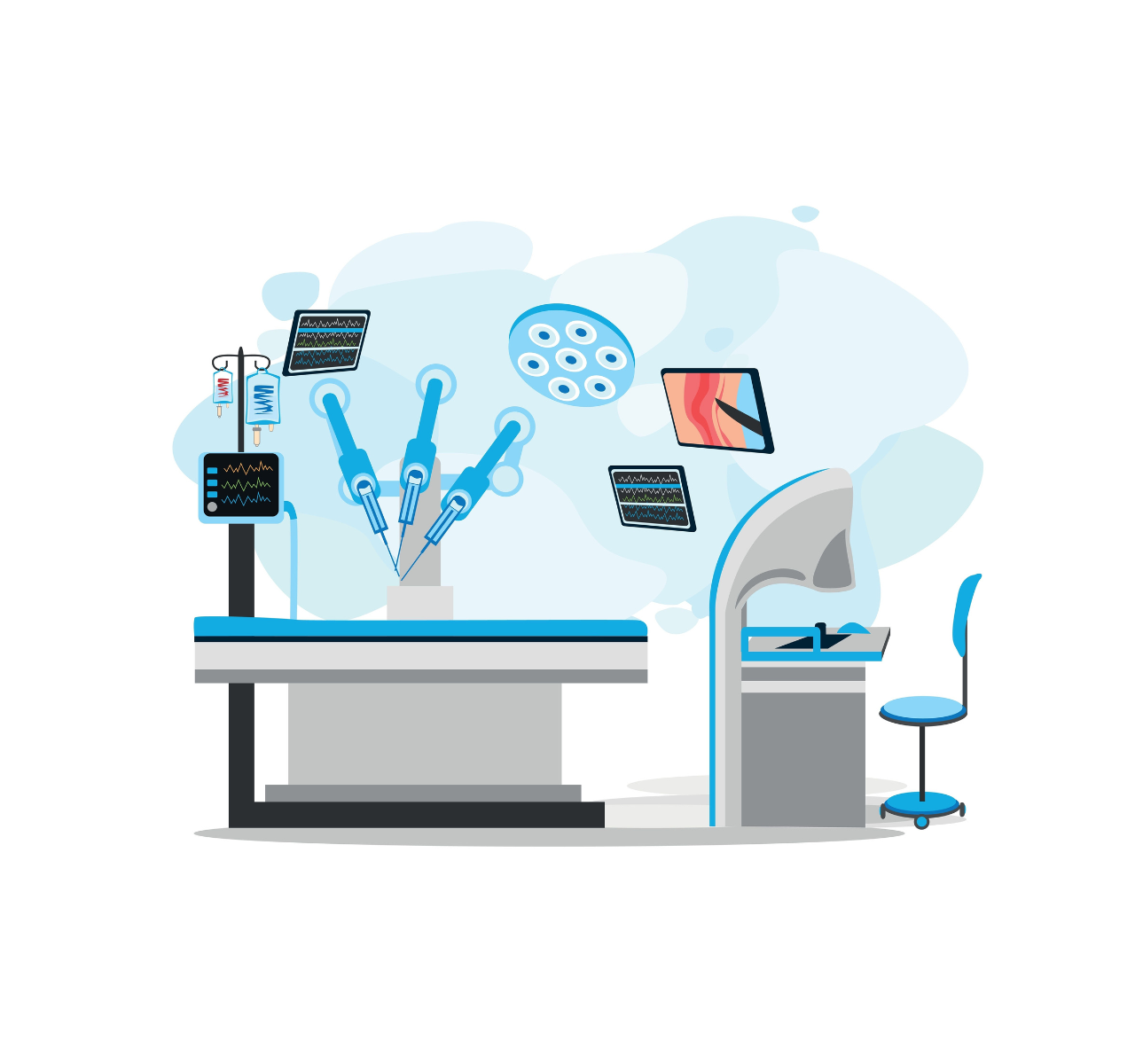Robotic-assisted surgery platforms enable healthcare teams to extend and improve minimally invasive care, taking surgery beyond the limits of the human hand. We start with the end in mind—improving acute interventions through the design and delivery of technology-enabled ecosystems and we measure performance of these ecosystems using the quadruple aim—better outcomes, better patient experiences, better care team experiences and lower total cost to treat per patient episode. An enormous need exists to improve acute interventions using this approach, and we are still at the beginning of this journey. Variance across patients, physicians and care teams underpins indefensible differences in access and quality of care.
A decade ago, many questioned the efficacy and value of robot-assisted surgery programs in advancing care. Today, more than 30,000 peer-reviewed publications have assessed these programs, and hundreds of real-world evidence analyses have substantiated the safety and performance of Intuitive products translating to potential economic value.
For context, physicians have used Intuitive’s platforms and integrated ecosystems to perform over 1.75 million procedures using da Vinci systems over the past 12 months, bringing the cumulative clinical experience with the system to more than 11 million procedures. This has motivated a broad research and corporate community invested in technology platforms to advance care. We envision a future of care that is less invasive and profoundly better, where diseases are identified earlier and patients are treated quickly.
Transforming Acute Care
Dozens of companies are applying computing and mechatronics to acute interventions. Many are focused on a narrow part of an ecosystem—for example, a robot’s size or mounting location. Robotic platform design requires an intricate set of tradeoffs—design choices that have deep implications on outcomes and workflows. More challenging still, robots themselves are not enough. A sophisticated ecosystem of human centered software and data-supported services are required to meet the end goal of a sustainable interventional program.
Advanced sensing and imaging help physicians make better decisions during procedures that require high precision. Data-supported training and service processes can aid OR departments in each procedure and at a programmatic level. Together, this approach can support better outcomes measured across patient and care team populations. The extension of minimally invasive care across a broader population can also help decrease staffing needs measured across a patient’s care journey.
Advanced sensing and imaging used preoperatively and intraoperatively, can help increase capability and confidence during procedures. Fluorescence imaging is routinely practiced in robotic-assisted surgery for indications including perfusion assessment and bile duct imaging, now used in most RAS cases in several procedure types. Additional contrast molecules are advancing in clinical trials, with early IDE results showing an ability to image prostate cancer during prostatectomy and ureter imaging during pelvic cases. Anatomical models using preoperative images can be used to build segmented, patient-specific 3D anatomical models that the physician can consult preoperatively and during a case.
As diagnostic tools improve across the healthcare landscape, disease can be identified earlier, when interventions can be more effective and less invasive. At Intuitive, for example, we created a single port platform, da Vinci SP, that allows surgeons to enter the body through a single port or natural body orifice the size of a quarter, and our Ion platform, a flexible “soft” robotics platform for use in the body’s lumens. If disease is detected at an earlier stage, shouldn’t the intervention be less invasive, too?
Using Data, Measurement and Tools to Improve Downside Variance
Robotic-assisted surgery systems are inherently digital. Virtual-reality training for robotic-assisted surgery is now a routine part of the training pathway for learning physicians. The integration of hospital or IDN electronic medical records with RAS datasets enables analyses that compare RAS to open surgery and laparoscopy routinely at a departmental, hospital, IDN and regional level. Recently introduced mobile apps and in-room OR edge computing platforms now provide real-time surgical media management, tele-proctoring and multirole case and program summaries to surgeons, robotic coordinators and administrators.
The integration of curated and annotated datasets has provided the opportunity to identify sources of variation in surgery quantitatively. Early validation studies show promise in establishing objective performance indicators that point to meaningful differences in technique between care teams. Next is discovering the predictive power for these indices and to move objective performance indicators into training pathways for care teams. Success will enable personalized learning pathways that may help shorten learning curves, improve confidence across the healthcare organization and lower costs in implementing new programs.
Scientific advances in imaging, molecular biology, material science, computers, cloud computing and machine learning, among others, are likely to open avenues to new solutions. For patients, care teams and health systems, it is imperative we progress together.
Gary Guthart is CEO of Intuitive.

